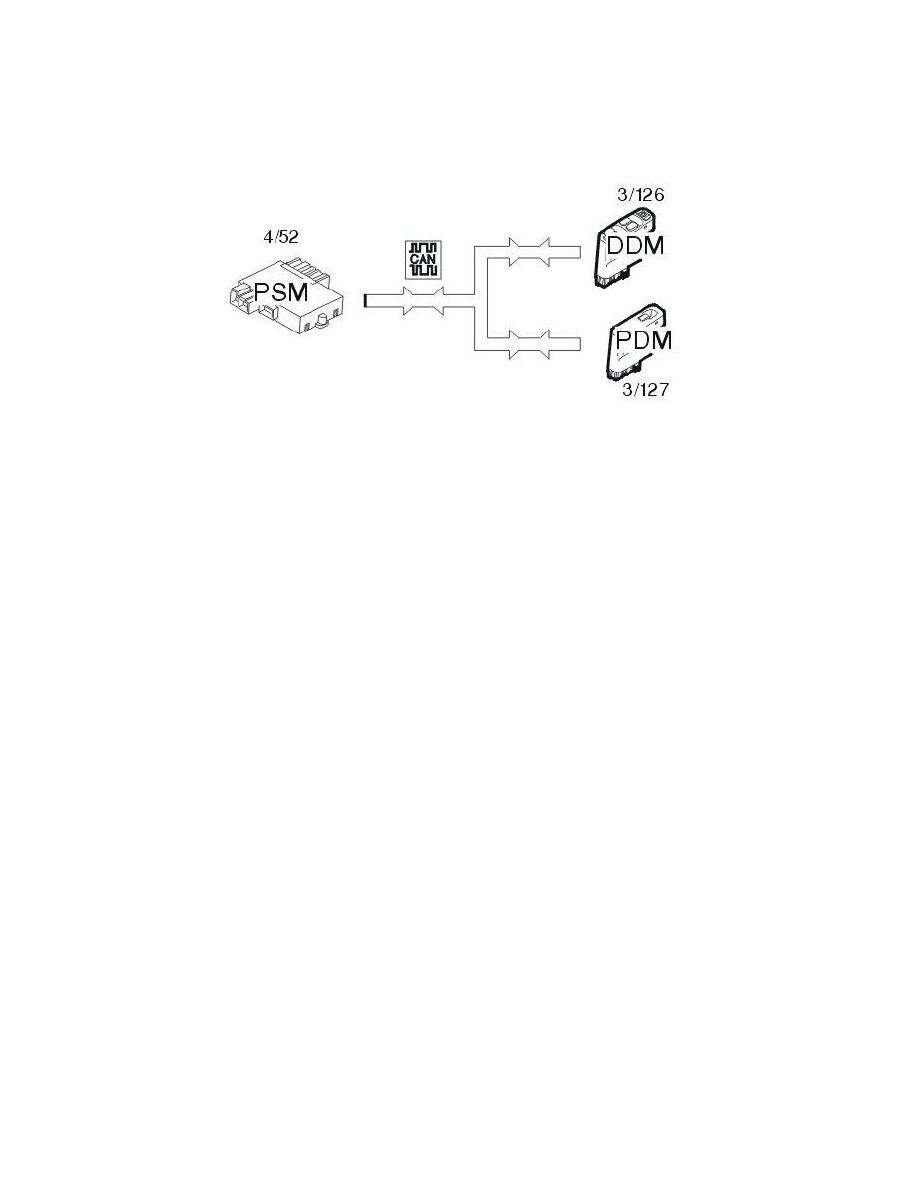S60 L5-2.4L VIN 64 B5244S6 (2003)

Power Seat Control Module: Description and Operation
Function
Function
Seat programming
There are four buttons for programming seat positions. There are three memory buttons, 1, 2 and 3 and a programming button, MEM.
To program a new seat position, move the seat to the desired position and press MEM and one of the memory buttons at the same time.
To move the seat to a programmed position press and hold down the desired memory button. The button must be kept depressed for the seat to move.
The seat stops if the button is released.
The seat stops moving when the position of the seat matches the position programmed into the memory. If another button is pressed the seat will stop
moving. The seat will not move if no position is programmed.
If the car was built in structure week 9950 or later, the car has door mirrors with memories. When the desired memory button is pressed, the mirrors and
seat are set to the desired positions. Data is sent from the power seat module (4/52) to the passenger door module (3/126) (3/127) to set the door mirrors
to the programmed position. The memory positions of the door mirrors are stored in the driver's door module (DDM) (3/126) and passenger door module
(PDM) (3/127). When setting a new mirror position, this is stored in each control module. The position of the driver's door mirror is stored in the driver
door module (DDM). The position of the passenger door mirror is stored in the passenger door module (PDM).
When the seat is run, a maximum of two motors are activated at the same time. If all motors need to operate to reach the programmed position, there is
an order of priority. Motor 1 (front-rear adjustment) and Motor 2 (backrest adjustment) operate first.
Each seat motor has a Hall sensor which detects the current seat position. When one of the stepper motors for the seat is run, the control module counts
the number of pulses from the Hall sensor. The Hall sensor counts the number of revolutions made by the motor by detecting a magnet on the motor
shaft. This creates a pulse for each revolution of the motor.
When a seat position is stored, information about the number of pulses recorded from each motor is stored in a memory, allowing the position of the seat
to be saved.
When one of the memory buttons is pressed in, the control module calculates which motors need to be run and in which direction to obtain the desired
position.
Maneuvering seats with memory
